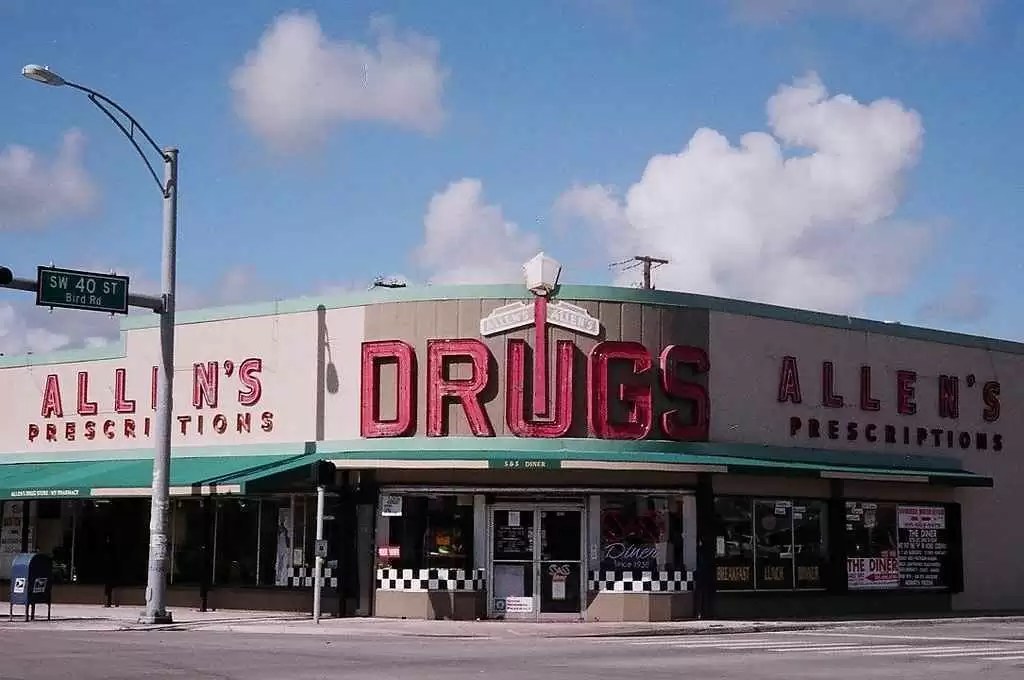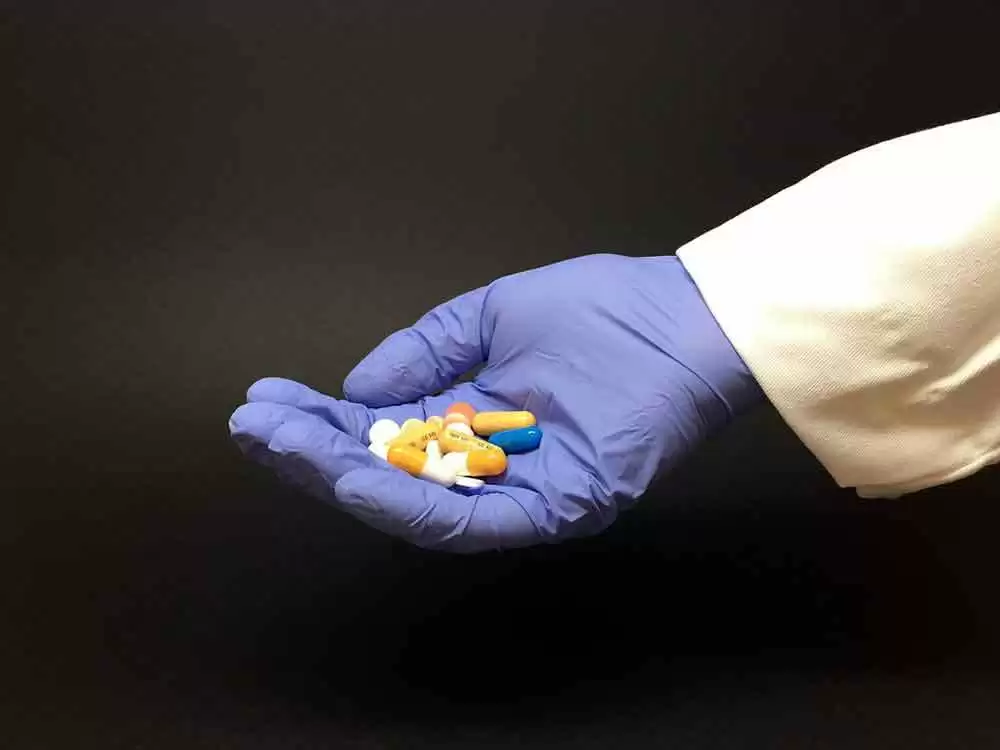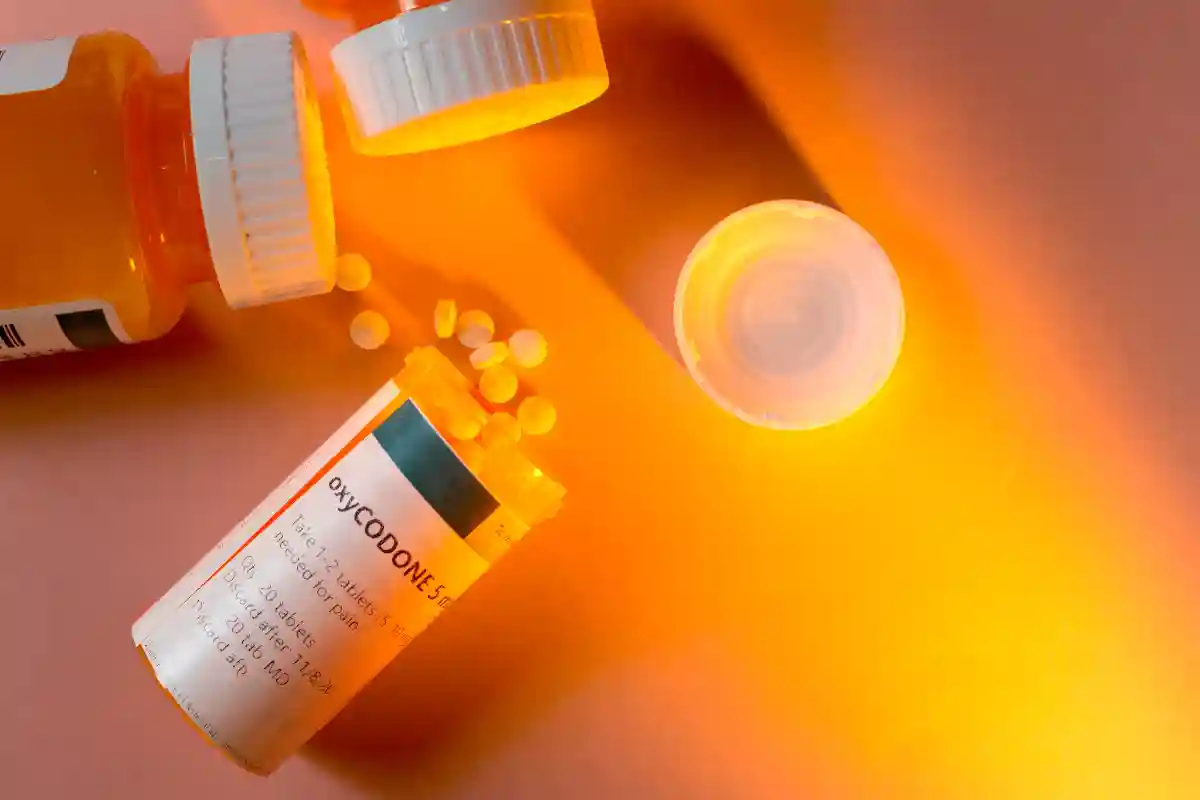Celiac.com 02/20/2025 - Gluten-free living is essential for individuals with celiac disease or non-celiac gluten sensitivity. While most people focus on avoiding gluten in food, another significant source of gluten exposure often goes unnoticed: medications and supplements. This guide explores the hidden risks of gluten in these products and provides practical advice for navigating them safely.
Why Gluten in Medications and Supplements Matters
For individuals with celiac disease or gluten sensitivity, even trace amounts of gluten can trigger a range of symptoms, from digestive distress to neurological complications. The stakes are high, as accidental exposure can lead to intestinal damage and other long-term health issues. Medications and supplements may not immediately come to mind as a source of gluten, but they often contain excipients (inactive ingredients) derived from wheat, barley, or rye. These ingredients serve various purposes, such as acting as fillers, binders, or coatings, but they can pose serious risks for those who must avoid gluten entirely.
How Gluten Makes Its Way Into Medications
Celiac.com Sponsor (A12):
Many medications and supplements contain inactive ingredients that may be derived from gluten-containing grains. Here are some common culprits:
1. Fillers and Binders
Fillers and binders are used to bulk up pills and hold their ingredients together. Common fillers include:
Starch: Often derived from corn, potato, tapioca, or wheat. If labeled as "starch," it may be difficult to determine its origin without further inquiry.
Dextrin: A compound that can be derived from wheat or other sources. Dextrin is often used as a stabilizer in both tablets and liquid medications.
2. Coatings and Glazes
Some pills and capsules are coated to make them easier to swallow or to provide a time-release mechanism. Gluten-derived ingredients, such as modified food starch, may be used in these coatings.
3. Flavorings
Medications, especially chewable or liquid forms, may contain flavorings to improve taste. These flavorings can sometimes include malt extract or other gluten-containing additives.
4. Cross-Contamination
Even if a medication does not intentionally include gluten, cross-contamination during manufacturing is a potential risk. Facilities that process gluten-containing products alongside gluten-free ones may inadvertently introduce trace amounts of gluten.
How to Identify Gluten in Medications and Supplements
Identifying gluten in medications and supplements can be challenging because labeling laws for these products are not as stringent as for food. However, there are steps you can take to ensure your safety:
1. Read the Label Carefully
While the U.S. Food and Drug Administration (FDA) requires food products to declare allergens, medications and supplements are not held to the same standard. Look for terms like "wheat," "barley," or "rye," as well as ambiguous ingredients such as "starch," "dextrin," or "malt."
2. Check the Manufacturer’s Website or Contact Them
Most pharmaceutical and supplement companies have customer service lines or websites that provide ingredient information. Reach out to confirm whether their products are gluten-free.
3. Use Reliable Databases and Apps
You can search this site for prescriptions medications, but will need to know the manufacturer/maker if there is more than one, especially if you use a generic version of the medication:
https://dailymed.nlm.nih.gov/dailymed/
To see the ingredients you will need to click on the correct version of the medication and maker in the results, then scroll down to "Ingredients and Appearance" and click it, and then look at "Inactive Ingredients," as any gluten ingredients would likely appear there, rather than in the Active Ingredients area.
4. Consult Your Pharmacist
Pharmacists can be invaluable allies in identifying gluten-free medications. Be proactive in discussing your needs, and ask them to investigate questionable ingredients on your behalf.
Specific Risk Areas for Gluten in Supplements
Supplements, including vitamins, minerals, and herbal products, can also contain hidden gluten. Below are some key areas to watch:
1. Multivitamins
Multivitamins often include fillers and coatings that may contain gluten. Opt for certified gluten-free options whenever possible.
2. Protein Powders
Some protein powders use malt extract or wheat-based thickeners. Always check the ingredient list and look for gluten-free certification.
3. Probiotics
Probiotics are often encapsulated using starches or other fillers. Verify the source of these ingredients before purchasing.
4. Herbal Supplements
Herbal products, particularly those in tablet or capsule form, may include gluten-derived binders. Check with the manufacturer for clarity.
Practical Tips for Staying Safe
Navigating the hidden risks of gluten in medications and supplements requires vigilance. Here are some practical tips to help you avoid accidental exposure:
1. Seek Out Certified Gluten-Free Products
Whenever possible, choose medications and supplements that are labeled as gluten-free. Certification by a trusted third party adds an extra layer of confidence.
2. Maintain a Medication and Supplement Log
Keep a detailed record of all medications and supplements you use, including the manufacturer’s contact information. This can help you quickly identify potential risks.
3. Advocate for Yourself
Do not hesitate to ask questions and demand clear answers. Whether you are speaking with your doctor, pharmacist, or a supplement manufacturer, ensure they understand your need to avoid gluten.
4. Stay Informed About Gluten-Free Guidelines
Regulations and product formulations can change over time. Stay up to date by following reputable organizations and resources dedicated to gluten-free living.
What This Means for People with Celiac Disease or Gluten Sensitivity
For individuals managing celiac disease or gluten sensitivity, avoiding gluten is not just a lifestyle choice—it is a medical necessity. Hidden gluten in medications and supplements presents a unique challenge, but with awareness and proactive measures, it is possible to minimize this risk.
This issue highlights the need for greater transparency in labeling and manufacturing practices. Advocacy from the gluten-free community has already led to progress in food labeling, and similar efforts could improve safety standards for medications and supplements.
By understanding where gluten may be hiding and taking steps to verify the safety of the products you use, you can better protect your health and well-being. Empowered with this knowledge, people with celiac disease and gluten sensitivity can navigate these hidden dangers with confidence, ensuring they remain safe and symptom-free.











Recommended Comments
There are no comments to display.
Create an account or sign in to comment
You need to be a member in order to leave a comment
Create an account
Sign up for a new account in our community. It's easy!
Register a new accountSign in
Already have an account? Sign in here.
Sign In Now